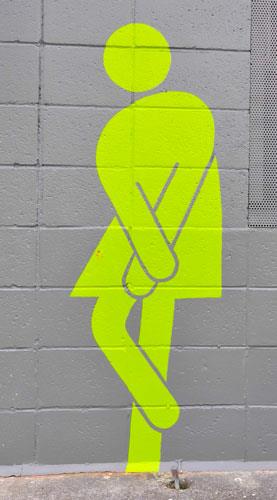
Use of mid-urethral tension-free vaginal tape slings leads to better satisfaction and cure rates in women with primary stress urinary incontinence compared with polyacrylamide hydrogel injection, according to a study. However, complication risks are higher with tension-free vaginal tape.
“Thus, tension-free vaginal tape should be offered as first-line treatment in women who expect to be completely cured by the initial treatment and are willing to accept the complication risks,” the investigators said.
The study enrolled 224 women with primary stress urinary incontinence between 28 September 2015 and 1 March 2017. Of these, 111 were randomly assigned to tension-free vaginal tape and 113 to polyacrylamide hydrogel.
At 1 year, significantly more patients in the tension-free vaginal tape group achieved the primary outcome of satisfaction score ≥80 on a visual analogue scale of 1–100 than those in the polyacrylamide hydrogel group (95.0 percent vs 59.8 percent, respectively). The latter failed to meet the noninferiority criteria set in this study.
For the secondary outcomes, 95.0 percent of tension-free vaginal tape patients was negative in the cough stress test as compared with 66.4 percent of those on polyacrylamide hydrogel treatment (difference, 28.6 percent, 95 percent confidence interval [CI], 18.4–38.5).
However, tension-free vaginal tape was associated with most perioperative complications, including those in 19 tension-free vaginal patients vs three polyacrylamide hydrogel patients (difference, 16.0 percent, 95 percent CI, 7.8–24.9), and with all six reoperations due to complications (difference, 5.9 percent, 95 percent CI, 1.2–12.4).
“Since polyacrylamide hydrogel treatment also provides high satisfaction and cure rates, women with primary stress urinary incontinence can be offered polyacrylamide hydrogel as an alternative treatment,” the investigators said.